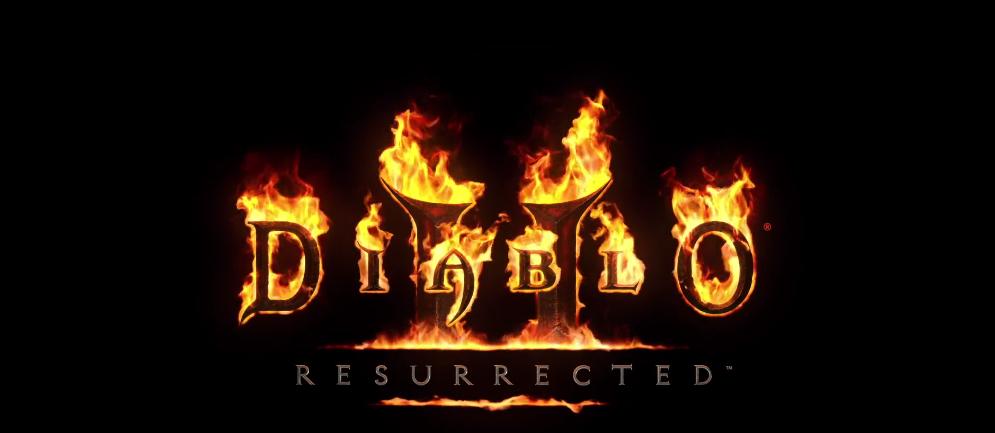As the saying goes: Blizzard's production must be a fine product. As a classic European and American dungeon ARPG since its birth in 1996, the Diablo series has always had a loyal group at home and abroad. In the eyes of ordinary people, the repetitive mechanical gameplay that seems empty and tasteless has become a fun brush brush in the hands of dark players. I just don't know, how many brush friends will really examine the evolution of Diablo's game worldview?

Having said that the beginning of the Diablo worldview originated, we should start with the earliest Diablo 1,
Judging by the level of DOS games in the 1990s, the first diablo was above the excellent level as soon as it was launched: the original monotonous pixels formed a wonderful dark dungeon world on the screen, and there was no old-fashioned brave princess rescue routine in Japanese RPGs, nor was it like the mainstream level-breaking games at that time. There's immersive metal instrument playing, three well-defined career settings, and the quiet, sparsely populated town of Tristram.
In the mid-nineties, such a game setting was completely flawless.
If you have to say it, the regret is that it will make people feel curious, except for the dark town and church, what is the external space of this world? Diablo 1 doesn't answer that question, and as the player moves through the tunnel connecting Tristram and the church, the world becomes even more lonely and desolate—in that boundless gloom and darkness, the player can't see the dawn of hope, and from this perspective, The highly repetitive map of Diablo 1 has become a major advantage of deepening the theme.
Limited by the limitations of technology, the difficulties that the first generation cannot do, the second generation naturally has to change. Released in 2000, Diablo 2 presents a magnificent world for the first time, players can see the vast grassland in the first act, and they can also see the vast desert in the second act, and in the third act, there is a large tropical rainforest waiting for the player; in the fourth act, they turn back to the dark and terrible ruins of the broken wall.
In this work, the natural landscape and the cultural landscape achieve each other, making Diablo 2 the best visual effect in the first year of the twentieth century.
"Diablo 2" impresses players, far more than the game's simple brush gameplay, as well as the previously introduced art vision, behind the scenes of game development, Blizzard game plot of the main designer Chris Mason, led the team to formally draw a map for the game's backstory, established the existence of the concept of "sanctuary", throughout the continent there is a Taimo Mountains: the protagonist-rich town Tristrom, located in the Kanduran region west of the mountains. To the east of the town, you can come to the desert Lu Gaoyin, where caravans are numerous, and there is a shadow of the ancient Silk Road...
Of course, many of the settings of the second generation seem incomplete in the eyes of today's dark players, such as the "main city" Westma at this time was hastily placed on the westernmost side of the map, and the game did not even officially appear. The Twin Sea in the middle is designed to be narrow, and several archipelagos in the sea are generically named the "Amazon" archipelago. Not specific
name. Nevertheless, it is not difficult to see from the second-generation map that Blizzard is determined and determined to expand the Dark Worldview.
It wasn't until Diablo 3, released in 2013, that the large map of the Diablo worldview became what we know today, adding many areas that had never been seen before: for example, the class of mage was reset, and they were no longer from the tribes mentioned in the past, but from the northern island of Xiansai. The original Amazon islands in the southern seas were renamed "Schovos". At the northernmost tip of the Western Continent, a large gray area appears, which is named the "Land of Fear", a continent that originates from the explosion of the World Stone at the end of the previous game. Between Kegistan in the eastern continent and Sogren, the hometown of the Druids, a large piece of "Yupan Plateau" also appeared out of thin air...
From scratch, the development of the game's large map is actually quite interesting, and the current diablo large map has been quite complicated and thorough, no less than the Azeroth next door. Which region do you think the story of Diablo 4 will revolve around, or redesign the New World out of thin air? Feel free to share your thoughts below.